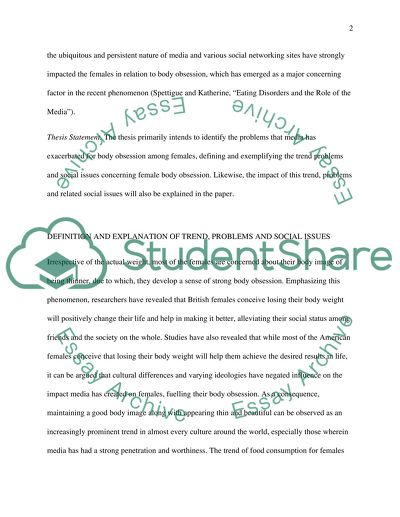Cite this document
(“Female body obsession through the media Research Paper - 2”, n.d.)
Female body obsession through the media Research Paper - 2. Retrieved from https://studentshare.org/media/1647543-female-body-obsession-through-the-media-problemsolution-paper
Female body obsession through the media Research Paper - 2. Retrieved from https://studentshare.org/media/1647543-female-body-obsession-through-the-media-problemsolution-paper
(Female Body Obsession through the Media Research Paper - 2)
Female Body Obsession through the Media Research Paper - 2. https://studentshare.org/media/1647543-female-body-obsession-through-the-media-problemsolution-paper.
Female Body Obsession through the Media Research Paper - 2. https://studentshare.org/media/1647543-female-body-obsession-through-the-media-problemsolution-paper.
“Female Body Obsession through the Media Research Paper - 2”, n.d. https://studentshare.org/media/1647543-female-body-obsession-through-the-media-problemsolution-paper.


